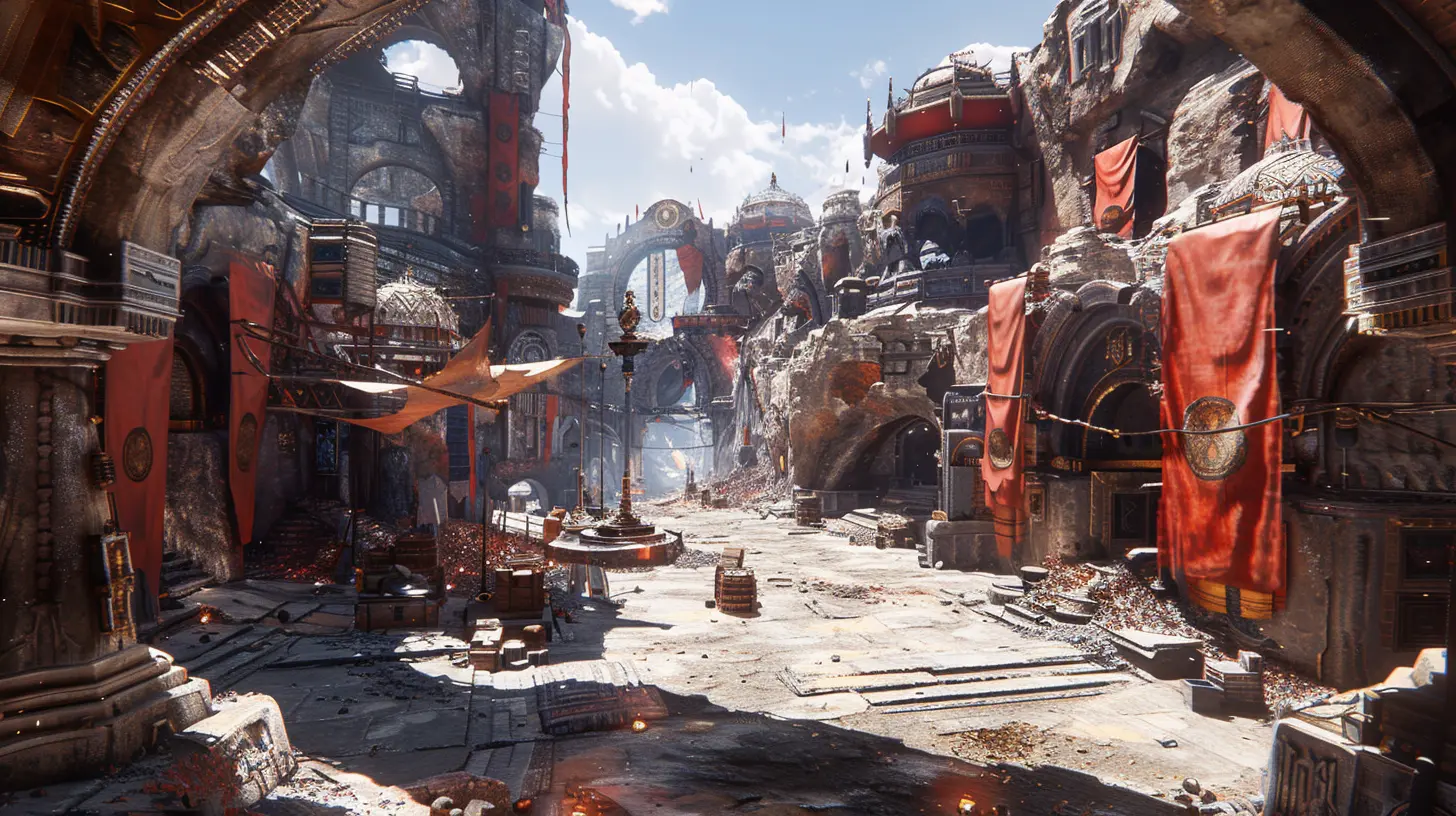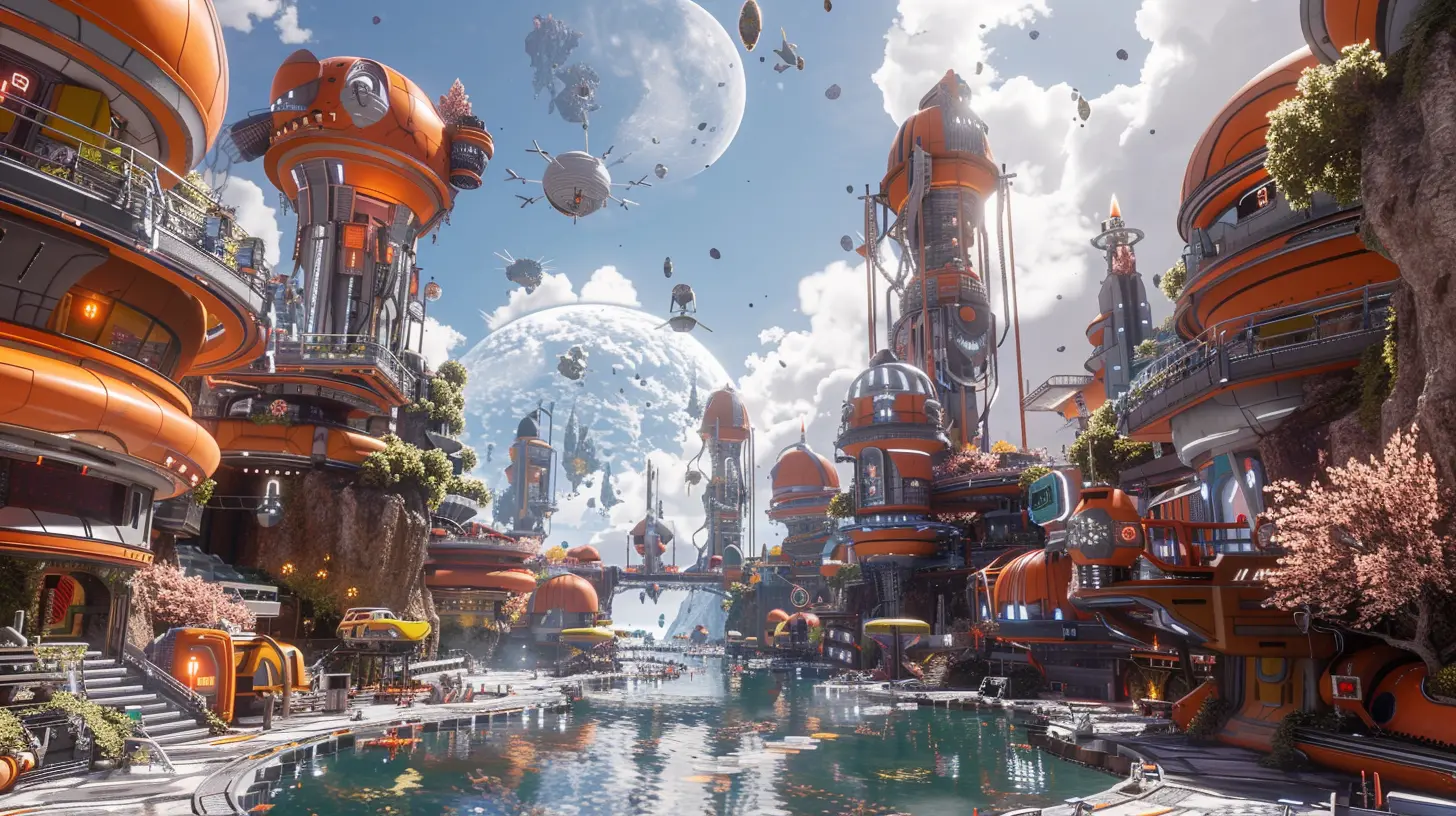Performance Profiling in Unreal: A Developer’s Essential Guide
26 August 2025
If you've spent any time developing games in Unreal Engine, you probably know the struggle of optimizing performance. It’s like trying to balance spinning plates—exciting when done right but catastrophic if things go awry. Performance profiling isn’t just a tool, it’s your secret weapon for building smooth, frame-perfect experiences. Whether you're a seasoned pro or a newcomer who’s just starting to grasp the power of Unreal, this guide will give you everything you need to get started on performance profiling. So, buckle up—this is going to be fun, insightful, and packed with practical tips.
What Is Performance Profiling?
Let’s kick things off with the basics. Performance profiling is the process of analyzing your game to identify bottlenecks, inefficiencies, or any areas hogging resources. Think of it as your game’s annual health check-up. Just like a doctor measures blood pressure, heart rate, and other vital signs, performance profiling measures metrics like frame rate, memory usage, and CPU/GPU load. This gives you hard data to pinpoint what’s slowing your game down.Why does it matter? Because no one likes a game that chugs along at 10 fps or randomly crashes. A game that performs well isn’t just a technical achievement—it’s also a key element of keeping your players happy. And let’s be honest: happy players stick around (and maybe even spend money). 
Why Performance Profiling Is Crucial in Unreal Engine
Unreal Engine is a powerhouse of a tool, but with great power comes great responsibility. Unreal’s versatility is both a blessing and a bit of a curse. Sure, it allows you to create stunning, cinematic visuals—but if you don’t keep an eye on performance, you’ll end up with a game that runs like an old clunker instead of a sleek sports car.Even if you’ve got a killer rig, remember that players will be running your game on all kinds of setups, from high-end PCs to last-gen consoles to smartphones. That means you need to optimize your game for the lowest common denominator while still delivering a great experience across the board. Performance profiling is your ticket to doing just that.
Setting Up for Success: Tools You’ll Need
Before diving into techniques, let’s talk tools. Unreal Engine comes packed with built-in profiling tools that are both powerful and easy to get started with.1. The Unreal Insights Tool
Think of Unreal Insights as your performance profiler Swiss Army knife. It provides a wealth of data about the inner workings of your game, from thread activity to asset loading times. You can launch it by going to Tools > Debug > Unreal Insights in the Unreal Editor.2. Stat Commands
Stat commands are like cheat codes for developers. By typing commands in the console (hit the tilde key `~` to open it), you can display real-time information about your game’s performance. For example:- `stat fps`: Displays the current frame rate.
- `stat unit`: Breaks down milliseconds per frame into game, draw, and GPU times.
- `stat memory`: Shows memory usage.
3. GPU Visualizer
The GPU Visualizer is your best friend when it comes to diagnosing rendering bottlenecks. Open it with `Ctrl+Shift+,` or type `profilegpu` in the console. This tool breaks down frame rendering into detailed segments, helping you identify which part of the pipeline is taking too long.4. Session Frontend
This is the control center for debugging in Unreal. The Profiler Tab in Session Frontend provides detailed performance data for CPU, GPU, and memory usage over time. You can launch it under Window > Developer Tools > Session Frontend.Having these tools at your disposal is like being handed a map and a flashlight before exploring a dark cave—you won’t get lost in the world of optimization.
Key Metrics to Watch
It’s easy to be overwhelmed by the sheer amount of data these tools throw at you. So, where should you focus? Here are the key metrics every developer should monitor:1. Frame Time (ms)
Frame time determines how long it takes to render a single frame and is the inverse of frame rate. Lower frame times mean smoother gameplay. Targeting 16ms per frame (for 60fps) or 33ms (for 30fps) is a solid goal.2. CPU vs. GPU Bottlenecks
Are you CPU-bound or GPU-bound? If your game logic is eating up all the CPU cycles, it won’t matter how powerful your GPU is. Conversely, if your GPU is overloaded, even the quickest CPU won’t save you.3. Memory Usage
High memory usage can lead to crashes on lower-end devices. Keep an eye on assets like textures, meshes, and audio files to ensure they aren’t eating up more memory than necessary.4. Draw Calls
Every object rendered on screen requires a draw call. Too many draw calls can bottleneck your GPU. Keep them as low as possible by combining meshes and using instancing.Essential Techniques for Optimizing Performance
Once you’ve identified the source of your performance issues, it’s time to roll up your sleeves and dig in. Here are some of the most effective optimization strategies for Unreal Engine:1. Optimize Blueprints
Blueprints are great for rapid development, but they can be a performance hog if not used carefully. Converting frequently used Blueprints into C++ code can make a noticeable difference. Additionally, avoid overusing Tick events—use timers instead when possible.2. Cull What You Don’t Need
Why render objects that the player can’t see? Use Level Streaming to load and unload levels dynamically, and set up culling to hide objects outside the player’s view. Tools like Occlusion Culling and Distance Culling can make a world of difference.3. Reduce Texture and Mesh Sizes
Large textures and high-poly meshes look great but can be a memory nightmare. Use Level of Detail (LOD) settings to swap high-resolution assets for lower-res ones as objects move farther from the camera.4. Optimize Materials
Materials with complex shaders can tank performance fast. Stick to simple shader functions, and reduce the number of texture samples and instructions.5. Profile in a Realistic Environment
It’s tempting to run your profiler in a stripped-down test level, but that won’t give you an accurate picture of performance in your actual game. Always profile in levels with representative gameplay and assets.Common Performance Pitfalls to Avoid
Let’s talk about some of the classic mistakes developers make. Avoiding these traps will save you time and headaches down the line:- Overusing Dynamic Lights: Static and stationary lights are far more performance-friendly than dynamic ones. Use dynamic lights sparingly.
- Ignoring Mobile Optimization: Mobile devices have vastly different hardware than PCs or consoles. Unreal’s Mobile Previewer is a great way to test performance on a mobile setup.
- Not Leveraging Asynchronous Loading: Loading all assets at once can cause spikes. Use Unreal’s asynchronous loading system to smooth things out.
Pro Tips for Advanced Profiling
If you’re ready to go beyond the basics, here are some pro-level profiling tips to take your game to the next level:1. Use Gameplay Tags for Profiling
Define gameplay scenarios using tags, and profile how each scenario performs. For example, tag areas with high action or lots of AI activity to see how your game handles different loads.2. Test on Multiple Platforms
Don’t assume your game will perform the same across all devices. Test on low-end hardware to see how far you can stretch your optimization skills.3. Monitor Garbage Collection
Garbage collection can cause noticeable hitches in Unreal. Use the `stat gc` command to monitor garbage collection activity, and try to minimize the number of objects being created and destroyed.Wrapping It Up
Performance profiling in Unreal Engine might seem like an intimidating task, but trust me, it’s not rocket science. With the right tools, techniques, and mindset, you’ll get the hang of it in no time. Remember, think of it like tuning a car—you’re not just fixing what’s broken; you’re making sure every component is working in harmony to deliver a smooth, polished experience.Game development is an art form, but performance optimization? That’s a science—and one worth mastering. So, get your profiler ready and dive in. Your players (and your future self) will thank you for it.
all images in this post were generated using AI tools
Category:
Game EnginesAuthor:

Avril McDowney
Discussion
rate this article
1 comments
Quinn Rhodes
Performance profiling transcends mere optimization; it’s a profound exploration of a game's heartbeat. In understanding the intricate dance between art and code, developers can craft experiences that not only run smoothly but resonate deeply with players.
September 8, 2025 at 4:27 PM

Avril McDowney
Thank you for your insightful comment! I completely agree that performance profiling is essential for creating harmonious and resonant gaming experiences. It truly enhances both the art and the technical aspects of game development.


